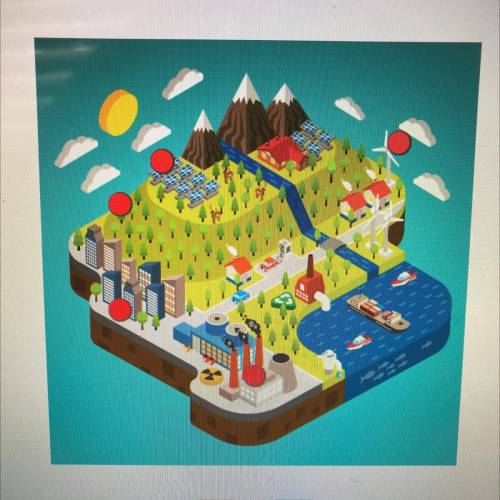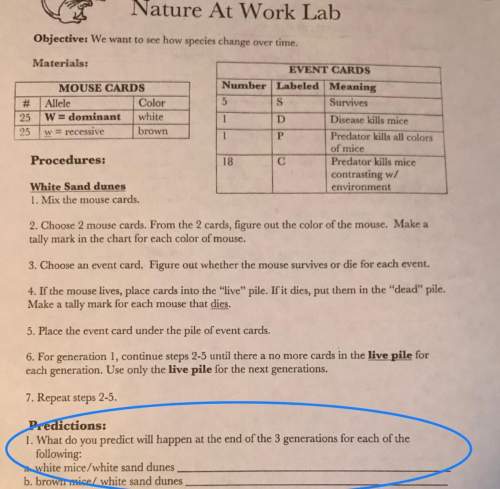HELPP
Select all the correct locations on the image.
Which hot spots identify features in the...

Biology, 09.12.2020 20:30 igobeastmode
HELPP
Select all the correct locations on the image.
Which hot spots identify features in the image that can help lower the effects of urbanization?


Answers: 1
Another question on Biology

Biology, 21.06.2019 20:00
Over the past 60 years, many amphibian species have experienced significant population declines and some species have become extinct. scientists suspected that local human activities such as the destruction of wetlands, regional pollution, and deforestation were the main reasons for these losses. however, research over the past 20 years reveals significant amphibian population declines in protected areas of the world, such as nature preserves and parks. these global declines suggest widespread problems including increased ultraviolet radiation, acid rain, and disease. in switzerland, for example, 14 of the 20 native amphibian species are threatened with extinction. chytridiomycosis is a fungal disease first identified in 1998 as a cause of massive amphibian deaths. in some severely impacted populations, a few individuals have survived, perhaps because of some natural resistance. if these resistant individuals continue to survive and prosper, new resistant populations might emerge. this would be an example of the founder effect artificial selection genetic drift natural selection sexual selection
Answers: 3

Biology, 21.06.2019 23:00
The tasmanian devil, a marsupial carnivore, is facing extinction due to devil facial tumor disease (dftd) which causes bulging cancerous lumps and lesions to erupt around the face and neck — often causing enough deformation to make seeing or eating difficult. dftd has evolved into a contagious cancer, a trait that is unique among cancers. devil mating behavior involves biting around the head and neck, allowing cells from one individual — especially cells from the crumbly dftd tumors — to be transferred to the wounds or face of a new individual. this marsupial was once found across australia, but sea levels rose, isolating the tasmanian population, while the australian population went extinct. what would be an outcome of genetic isolation that is likely to have impacted the spread of dftd? a) reduced territory puts diseased individuals in greater contact with non-diseased ones. b) inbreeding results in less variation in facial features so the cancer is generally fatal. c) genetic isolation has made it difficult for scientists to develop a vaccine against dftd. d) the lack of genetic variation in the immune system of tasmanian devils minimizes resistance to the disease.
Answers: 3


You know the right answer?
Questions

Medicine, 18.05.2021 20:00





Mathematics, 18.05.2021 20:00

Advanced Placement (AP), 18.05.2021 20:00

Mathematics, 18.05.2021 20:00

Social Studies, 18.05.2021 20:00

Mathematics, 18.05.2021 20:00

Mathematics, 18.05.2021 20:00









Mathematics, 18.05.2021 20:00




